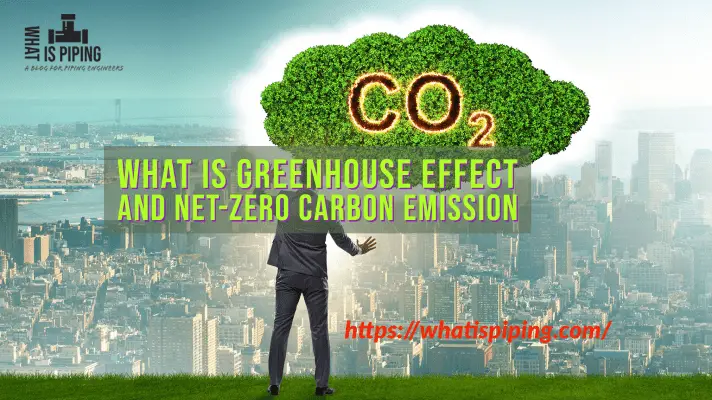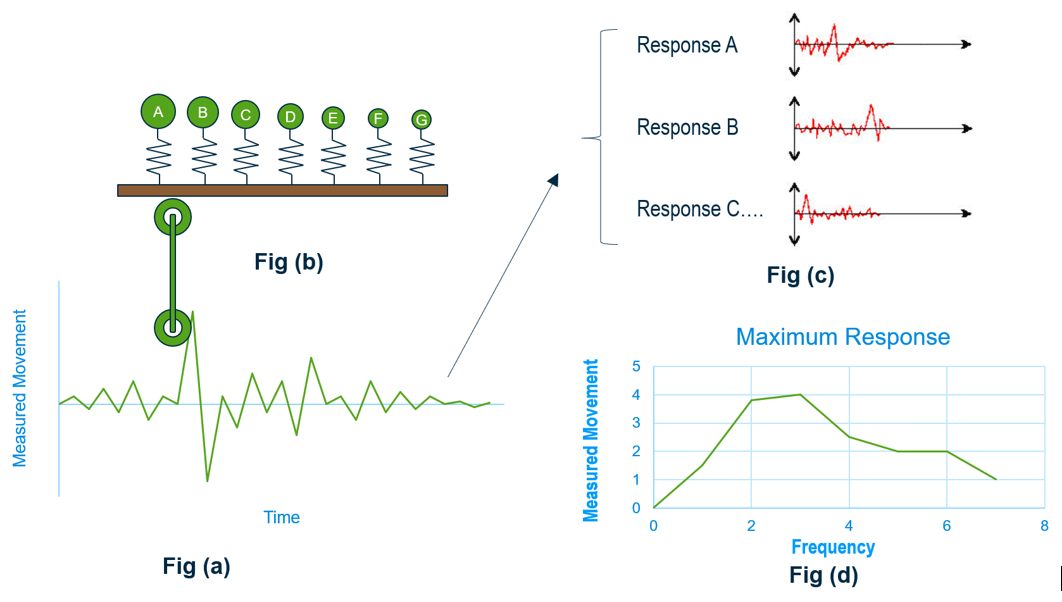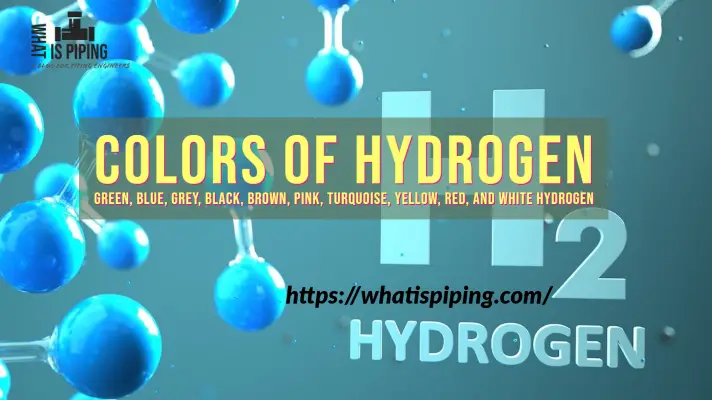Refrigerants play a crucial role in keeping our homes, businesses, and industries cool. However, the commonly used refrigerants, such as hydrochlorofluorocarbons (HCFCs) and hydrofluorocarbons (HFCs), have been found to contribute to global warming and ozone depletion. In response to these environmental concerns, a new generation of refrigerants known as Hydrofluoroolefins (HFOs) has emerged. In this article, we will delve into the world of HFO refrigerants, exploring their environmental benefits, properties, and their potential to shape a sustainable future for cooling technologies.
What are HFO Refrigerants?
HFO refrigerants are part of a family of organic compounds that contain hydrogen, fluorine, and carbon atoms. They are designed to provide effective cooling properties while minimizing their impact on the environment. HFOs are characterized by their low global warming potential (GWP), which measures the potential for trapping heat in the atmosphere compared to carbon dioxide (CO2). HFOs have GWPs that are significantly lower than traditional refrigerants, making them a greener alternative.
Environmental Benefits of HFO Refrigerants
Ozone Depletion Potential:
HFO refrigerants have an ozone depletion potential (ODP) of zero, meaning they do not contribute to the depletion of the Earth’s protective ozone layer. This makes them an ideal replacement for older refrigerants like HCFCs and HFCs, which have higher ODP values.
Low Global Warming Potential:
HFO refrigerants boast remarkably low GWPs, often less than 1, compared to HFCs that can have GWPs in the thousands. This characteristic allows HFOs to significantly reduce greenhouse gas emissions, mitigating their impact on climate change.
Regulatory Compliance:
With increasing environmental regulations, HFO refrigerants are gaining popularity as they align with global efforts to phase out high-GWP refrigerants. Governments and international organizations have recognized the importance of transitioning to eco-friendly alternatives, and HFOs are playing a vital role in meeting these compliance requirements.
Properties and Performance of HFO Refrigerants
Energy Efficiency:
HFO refrigerants have excellent heat transfer properties, allowing for efficient cooling and energy savings. Their thermodynamic characteristics make them suitable for various cooling applications, including air conditioning, refrigeration, and heat pump systems.
Compatibility:
HFO refrigerants are designed to be compatible with existing refrigeration equipment, reducing the need for extensive modifications during retrofitting or system upgrades. This compatibility facilitates a smooth transition to HFO refrigerants without significant infrastructure changes.
Safety Considerations:
HFO refrigerants are generally considered safe for use, with low toxicity and flammability levels compared to some older refrigerants. However, as with any refrigerant, proper handling, storage, and system design considerations should be followed to ensure safe operation.
Technological Advancements:
HFO refrigerants have inspired innovation in cooling technologies. Manufacturers have developed advanced compressors, heat exchangers, and system designs optimized for HFOs, resulting in improved overall system performance and energy efficiency.
List of HFO Refrigerants
Here is a list of some commonly used HFO refrigerants:
- R1234yf: This HFO refrigerant is widely used in automotive air conditioning systems as a replacement for the high-GWP HFC-134a. It has a very low GWP of less than 1 and is considered environmentally friendly.
- R1234ze: Another HFO refrigerant, R1234ze, is used in various applications, including chillers, heat pumps, and air conditioning systems. It has a GWP of less than 1 and offers good energy efficiency.
- R1233zd: This HFO refrigerant is suitable for use in centrifugal chillers, heat pumps, and industrial refrigeration systems. It has a very low GWP and exhibits excellent thermodynamic properties.
- R1234ze(E): Similar to R1234ze, R1234ze(E) is used in chillers, air conditioning, and heat pump applications. It has a GWP of less than 1 and is considered a non-flammable alternative.
- R1234yf/DME (R444B): This blend of HFO refrigerant and dimethyl ether (DME) offers a low GWP alternative for various cooling applications. It is commonly used in air conditioning systems and shows promise as an environmentally friendly option.
- R1234zd(E): R1234zd(E) is primarily used in low-pressure centrifugal chillers and offers an ultra-low GWP. It provides excellent energy efficiency and heat transfer properties.
Applications of HFO Refrigerants
HFOs (Hydrofluoroolefins) have found various applications across different industries and sectors due to their environmental friendliness and energy efficiency. Here are some notable applications of HFOs:
Air Conditioning and Heat Pump Systems:
HFOs are commonly used as refrigerants in air conditioning and heat pump systems. They provide efficient cooling and heating capabilities while minimizing environmental impact. HFOs enable the development of energy-efficient systems that meet regulatory requirements and contribute to sustainable cooling solutions.
Commercial and Industrial Refrigeration:
HFOs are utilized in commercial and industrial refrigeration systems, including supermarkets, cold storage facilities, food processing plants, and pharmaceutical industries. They offer reliable and efficient cooling for preserving perishable goods while reducing the carbon footprint.
Automotive Air Conditioning:
HFO refrigerants, particularly R1234yf, have been adopted as alternatives to high-GWP HFC-134a in automotive air conditioning systems. HFOs enable car manufacturers to meet environmental regulations and reduce greenhouse gas emissions associated with vehicle air conditioning.
Domestic Refrigeration:
HFOs are being increasingly used in domestic refrigeration, such as refrigerators and freezers. By replacing older refrigerants with HFOs, manufacturers can offer energy-efficient appliances that minimize the environmental impact throughout their lifecycle.
Chillers:
HFOs find applications in commercial and industrial chillers used for air conditioning in large buildings, hotels, hospitals, and data centers. HFO refrigerants provide effective cooling performance while reducing the overall environmental impact of the cooling system.
Heat Recovery Systems:
HFOs are used in heat recovery systems, where waste heat from industrial processes or HVAC systems is captured and utilized for heating purposes. HFOs enable efficient heat transfer, maximizing the energy recovery potential.
Transport Refrigeration:
HFO refrigerants are suitable for use in transport refrigeration units, such as refrigerated trucks and shipping containers. By using HFOs, the cooling systems in these vehicles can provide efficient temperature control while minimizing the impact on the environment.
Water Heating Heat Pumps:
HFOs are employed in water-heating heat pumps, which use heat from the air, ground, or water to provide hot water for domestic or commercial use. HFOs in these systems ensure energy-efficient operation and reduced greenhouse gas emissions compared to conventional heating methods.
It’s important to note that the specific choice and application of HFO refrigerants may depend on factors such as system design, performance requirements, safety considerations, and regional regulations. Ongoing research and development in the field of HFOs continue to expand their applications and promote more sustainable cooling solutions across industries.
Conclusion
HFO refrigerants represent a significant leap forward in the quest for sustainable cooling solutions. With their low environmental impact, high energy efficiency, and regulatory compliance, HFOs are poised to become the future of refrigerants. As industries and consumers alike increasingly prioritize environmental responsibility, the adoption of HFO refrigerants in cooling systems will contribute to mitigating climate change and protecting the ozone layer. By embracing these environmentally friendly alternatives, we can pave the way for a cooler future that is both efficient and sustainable.








